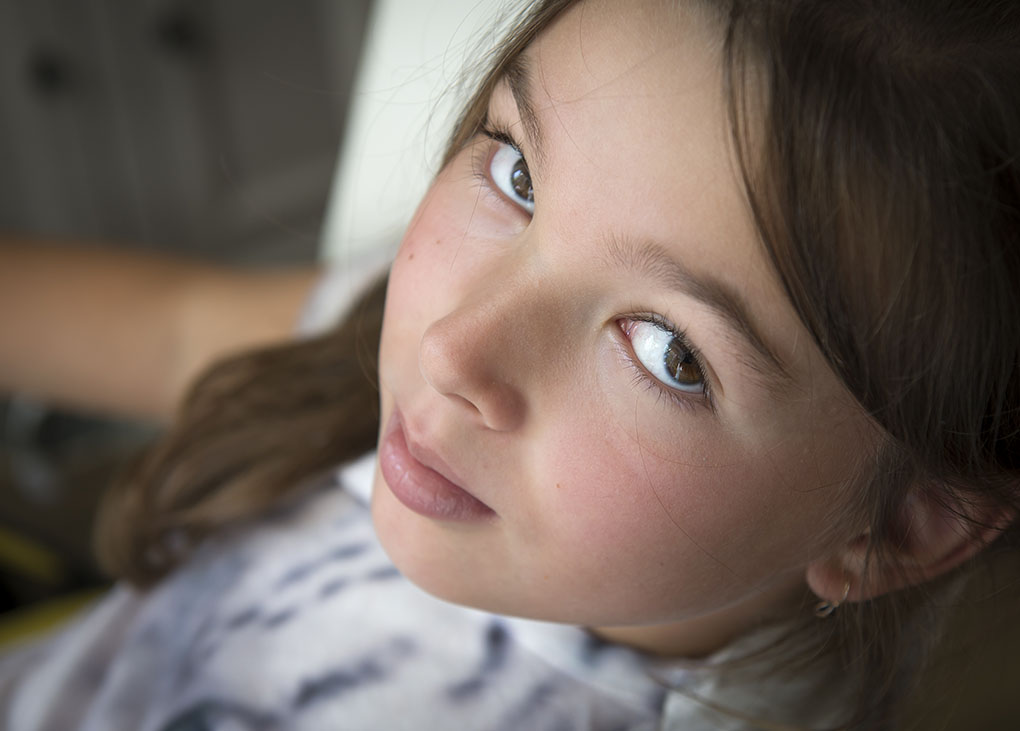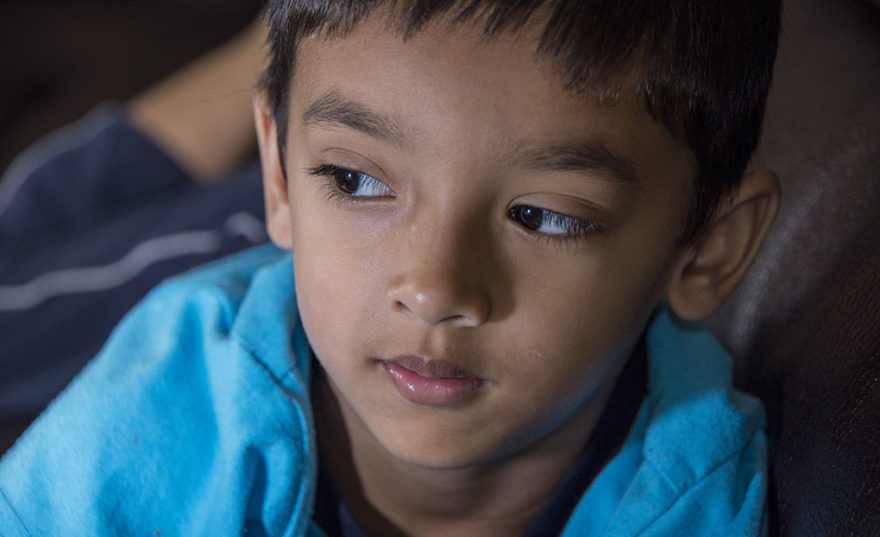Mental health disorders affect 12.8% of children and young people in the UK. We know that poor mental health in childhood is associated with poorer quality of life, increased likelihood of having a mental health disorder in adulthood and poorer occupational and social outcomes. We also know that there are numerous effective interventions for mental health problems, with over 750 treatment protocols for evidence-based psychological treatments in children. However, demand for treatment outstrips supply. Unfortunately, many children with mental health problems do not receive support and there are often extensive waiting lists for Child and Adolescent Mental Health Services (CAMHS), which are increasingly overstretched. Recent national data indicated that 36% of referrals to CAMHS are closed before any treatment is received and for those accepted, 30% of children were assessed within four weeks of referral. Half of the 11,482 children needing treatment following this assessment waited more than 18 weeks to receive it.
One way of increasing access to evidence-based psychological treatments is through ‘low-intensity’ interventions, such as self-help delivered through books or online, with or without guidance from a therapist or trained supporter. These interventions are relatively inexpensive as they do not require extensively trained therapists and are more accessible as they can be delivered remotely so families do not have to travel to attend appointments, reducing time off work or school. Such low-intensity interventions are a fundamental part of a ‘stepped care’ approach to the delivery of interventions, in which the least resource-intensive intervention that is effective for the presenting difficulty is offered first, before treatments that are more intensive. Low-intensity interventions can be offered whilst children are on waiting lists for more intensive treatments. Stepped care therefore allows for more efficient services and prevents ‘over-treating’ those where a brief, low-intensity intervention would be effective and sufficient.
Such a model has been used successfully for several years within the adult Improving Access to Psychological Therapies (IAPT) Programme. Within CAMHS, the use of low-intensity interventions has been implemented by a new workforce of Child Wellbeing Practitioners (CWPs). This new workforce was a response to the Five Year Forward View for Mental Health and was outlined in the associated implementation plan. Specifically, the Department of Health and Social Care committed to training 1700 new staff in evidence-based treatments in order to offer these to 70,000 more children and young people annually by 2020. More recently, the government has announced the implementation of mental health support teams in schools, which will support children and young people with mild to moderate mental health issues, in part through training ‘education mental health practitioners’ to deliver low-intensity interventions such as guided self-help.
Whilst several Randomised Controlled Trials and meta-analyses have demonstrated that self-help interventions are effective, it is important to know how they should be implemented in practice in order to maximise their benefit. If they are likely to be ineffective in some circumstances, this is important to know, as offering an ineffective treatment could further delay access to effective treatment and some children may be reluctant to access further treatment if they have a difficult experience with self-help. Services need to know who self-help interventions should be offered to, under what circumstances and how they should be offered. For example, regarding who they should be offered to, should we only offer it to teenagers or does it work for younger children too? Regarding under what circumstances, does it make a difference if a parent is present to provide support or not? Regarding how they are delivered, does it matter if there is guidance and if so, who the guidance is delivered by or how it is delivered? Does the number of sessions affect outcome? Are online interventions better than books? Finally, when considering their use within a stepped-care model, it is important to know how they compare to higher intensity, more traditional face-to-face interventions.

This paper assesses the extent to which these various interventions and patient factors are associated with the outcome of self-help therapies in children and young people. We comprehensively searched for all of the trials of self-help interventions for common mental health problems (anxiety, depression and behavioural difficulties) in children and young people. Fifty studies met our inclusion criteria. Overall, when the results of the 50 studies were combined, we found that self-help interventions demonstrated similar efficacy to standard face-to-face treatments. Interventions delivered with some guidance may be more effective than those delivered without guidance (i.e. pure self-help). Most moderating variables (such as severity or type of guidance) did not have any effect on outcome, however this needs further research with well-conducted studies. In particular, it would be beneficial to compare low-intensity interventions with higher intensity interventions and to directly compare different types of self-help. The results to date suggest that self-help with guidance is effective for common mental health disorders in children and young people and is a viable method of ensuring those who need treatment are able to access it.
This article is a summary of the paper published in JCPP – Bennett S. D, Cuijpers P, Ebert D. D, Smith M. M, Coughtrey A. E, Heyman I, Manzotti G. (2019). Practitioner Review: Unguided and guided self‐help interventions for common mental health disorders in children and adolescents: a systematic review and meta‐analysis. Journal of Child Psychology and Psychiatry. doi: 10.1111/jcpp.13010
Key points
- Using ‘low intensity’ treatments, such as self-help materials, may be one way to increase access to evidence-based psychological treatments
- Our research suggests that they may be as effective as standard ‘face to face’ treatments when offered with guidance from a therapist or supporter
- We need more research that compares different types of self-help to know what types of self-help would be better suited to which patients
About the authors

Sophie is a Senior Research Fellow at the UCL Great Ormond Street Institute of Child Health and Honorary Clinical Psychologist at Great Ormond Street Hospital for Children. She is involved in a number of studies investigating the use of low-intensity or telephone treatments to increase access to psychological therapies in children and young people and particularly in those with chronic physical illnesses.

Roz is Professor of Translational Psychology at the UCL Great Ormond Street Institute of Child Health and Honorary Consultant Clinical Psychologist at Great Ormond Street Hospital for Children. She leads the Psychological Medicine Research Team which focuses on evaluating the psychological treatments that have been shown to work in young people with mental health disorders in those who also have physical health conditions.
Author correspondence address: UCL Great Ormond Street Institute of Child Health, 30 Guilford Street, London, WC1N 1EH; email

